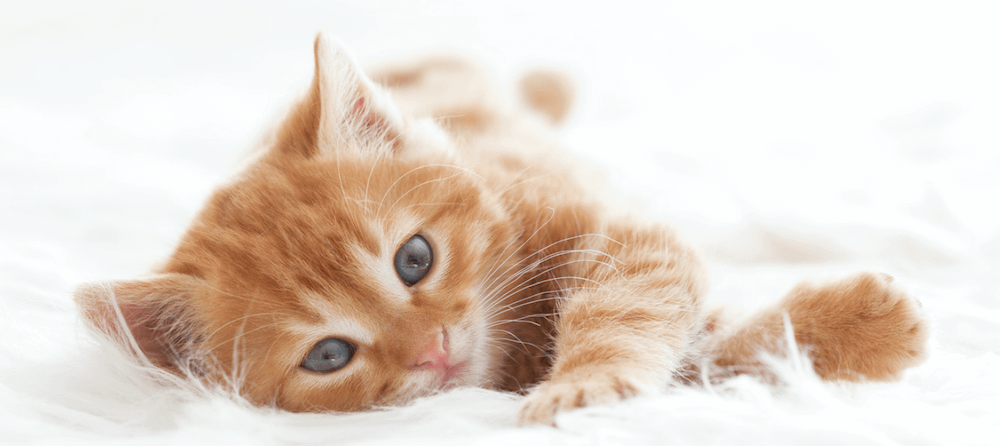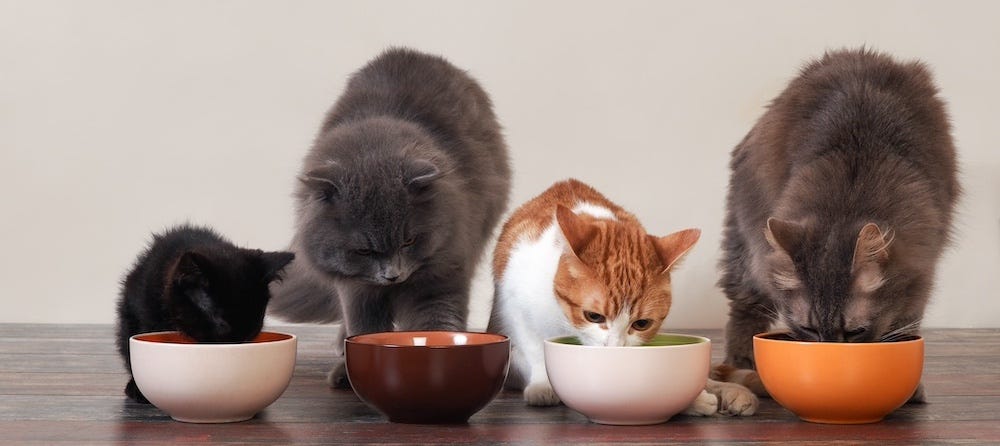Your kitty probably has seemed bilingual from time to time. No, your cat isn't picking up French (or even English) any time soon, but kitty is studying how to communicate with you.
While every toddler knows the answer to the question, "What sound does a cat make?," meow isn't the only right answer. It is, however, a cat's special form of communication reserved for its human companions.
The Meow
Kittens meow at their mothers to get the care and attention they need. Since you've taken over Mom duties (feeding, in particular), guess what that makes you?
As they get older, cats gradually stop meowing at their mothers (and all other cats), but domestic cats will continue to meow for human attention. They've learned that humans—unlike other types of animals that rely on scent and body positioning—respond best to vocalizations.
Bilingual Kitties
Let's begin in Cat Land. Cats communicate with other felines through deeply ingrained patterns of posture, scent, and grooming behavior. For cats that cohabitate, for example, one kitty might not be allowed to use another kitty's scratching post, which is communicated through scent markings that send a "no trespassing" message. To break tension or assert dominance, the cats may engage in social grooming, where one cat plays a motherly role in caring for the cleanliness of another.
Consider that behavior—how your cat communicates with other cats—to be its native tongue. Then, just as an immigrant learns the language of a new land, your cat has had to adopt a completely different language to communicate with you in Human Land.
Some of its native ways of communicating (spraying your couch, grooming your hand as you pet them, and sticking its tail straight up) still send partial messages, but they've had to develop other ways to get their human's attention.
"Regional" Variations
Through trial and error, your cat has determined which sounds most effectively get you to turn away from another human (or look up from your screen), and do their bidding. Cats consciously select a meow when trying to engage you, manipulating the length, tone, and octave to more specifically communicate what they want from you. They even know which kind of meows you'll heed most urgently.
Those meows aren't generic, either. Research demonstrates that your kitty has developed special sounds for you—ones that you can interpret better than people who don't know your cat. Without a universal kitty language, a meow that seems so obviously to mean "feed me" to you, may sound meaningless (like a foreign language) to someone else who has cats.
Cat Talk
As anyone with a cat can tell you, meows aren't the only "words" in a cat's special language for Human Land.
Purring is also common and usually a sign of warm, fuzzy feelings. You'll often notice it when you're petting or cuddling your cat. Occasionally, cats will purr to self-soothe as it releases endorphins, which reduce stress and pain. Added bonus: the lulling murmur of the purr blocks out distressing sounds and allows kitty to zone out.
Trilling is developed during kittenhood and is often described as cooing or hooting. Some cats use trills as their preferred form of communication, and will meow only when they urgently want you to pay attention. Cats who trill frequently are usually affectionate and good-natured.
Rooted in a cat's predatory instincts, cats sometimes chatter when a prey animal is nearby. If kitty is inside watching a bird from the windowsill, for example, its rapid mouth movements accompanied by soft, short squawks likely indicate an urge to take chase.
Vocalizations like yowls, hisses, and shrieks are also common in kitty vernacular. They convey to both other cats and to you generally negative feelings like discontent, fear, surprise, pain, or illness.
Not So Selfish, After All
Cats are often characterized as aloof at best and as selfish and spiteful at their worst. It might be time to think again. Your cat has actually been paying close attention—studying you so closely, in fact, that kitty has developed a language to talk to just you.




